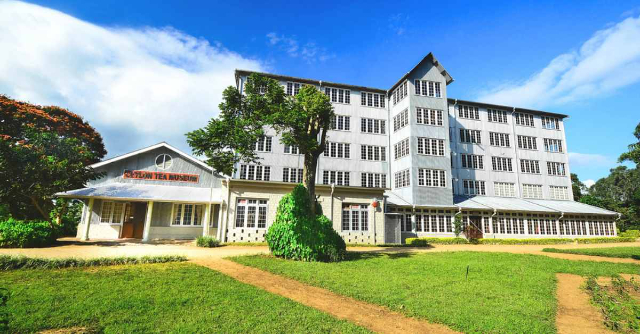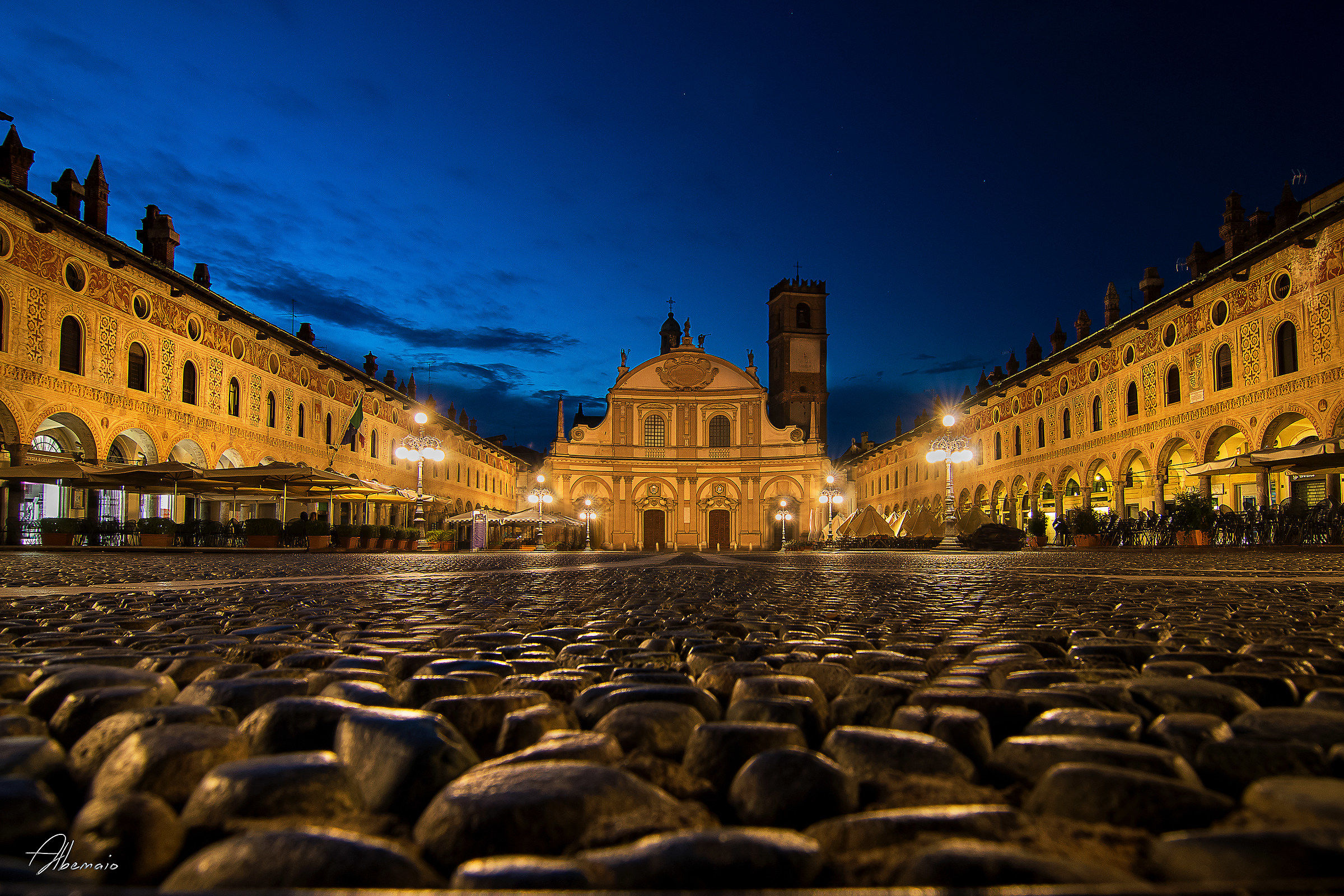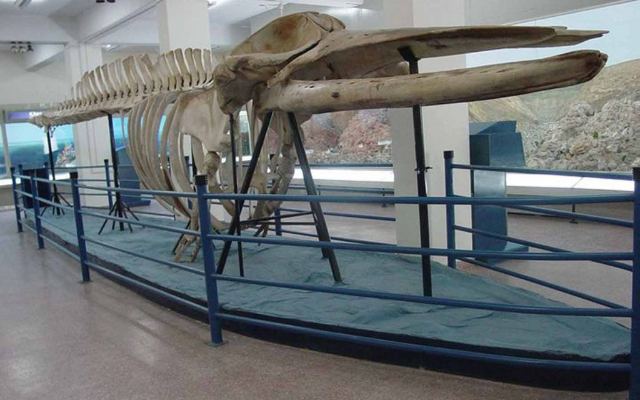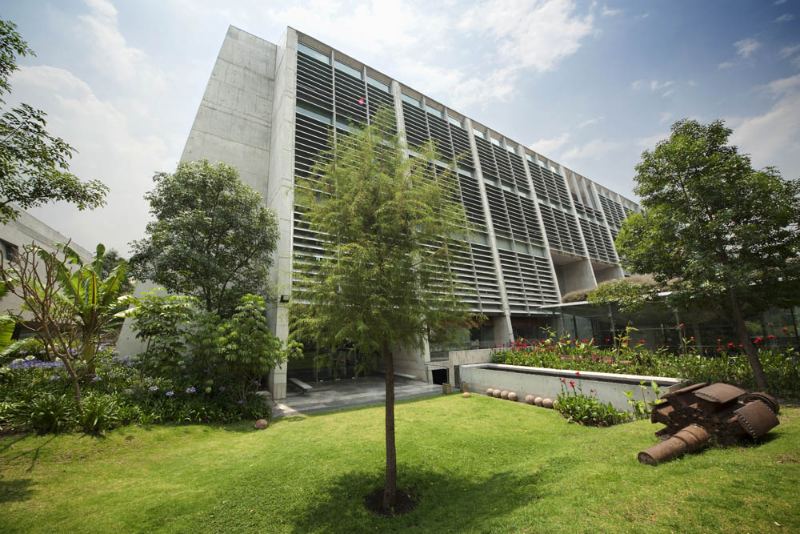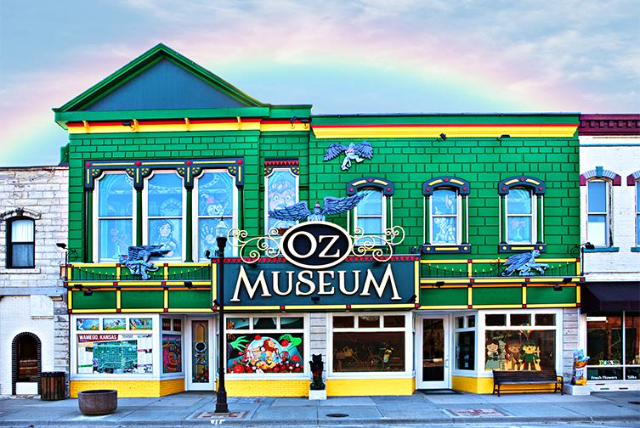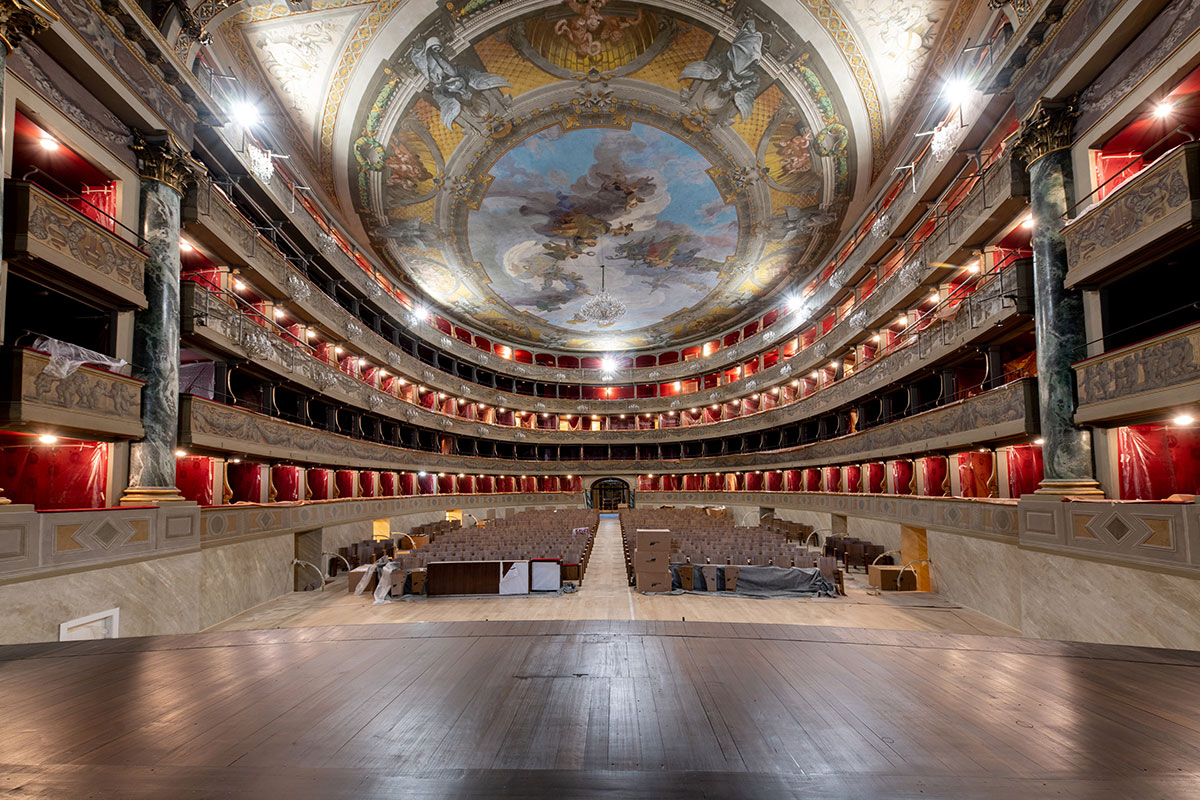The Archaeological Museum is housed in a building owned by the municipality, built between 1870 and 1872 to a design by architect Luigi Pietroluongo.
Born as a prison, it then passed to the Carabinieri, and until 1974 was the headquarters of the local station.
By decree of the Minister for Cultural Heritage and Activities of 7 August 1991, the Archaeological Museum of Agro Atellano was established, which was opened to the public on 5 April 2002. The Museum is part of the network of archaeological museums in northern Campania and aims to illustrate the history of the southern portion of the ager Campanus located south and west of the Lagni regions and the ancient city of Atella, an urban center of reference.
On the ground floor of the building introduces to the museum visit the reconstruction of a necropolis with burials of children in amphorae belonging to a large rustic complex dating back to the 3rd-4th centuries AD.
On the first floor are on display various finds dating from the Bronze Age to the late ancient age, coming from the urban area and from the necropolis scattered throughout the territory (in the municipalities of Succivo and Orta di Atella) pertaining to settlements, villages or farms that characterize the ancient countryside in its various chronological phases. Of particular importance is the vascular collection of vases with red figures produced in Campania.
The second floor is dedicated to temporary exhibitions of long duration, related to the excavations recently carried out in the territory. Currently on display are trousseaus from Gricignano di Aversa from the Orientalizing Age (VIII-VII century B.C.).
The Museum is also equipped with educational equipment and a video station for multimedia films; but also shows can be hosted in the inner courtyard.


